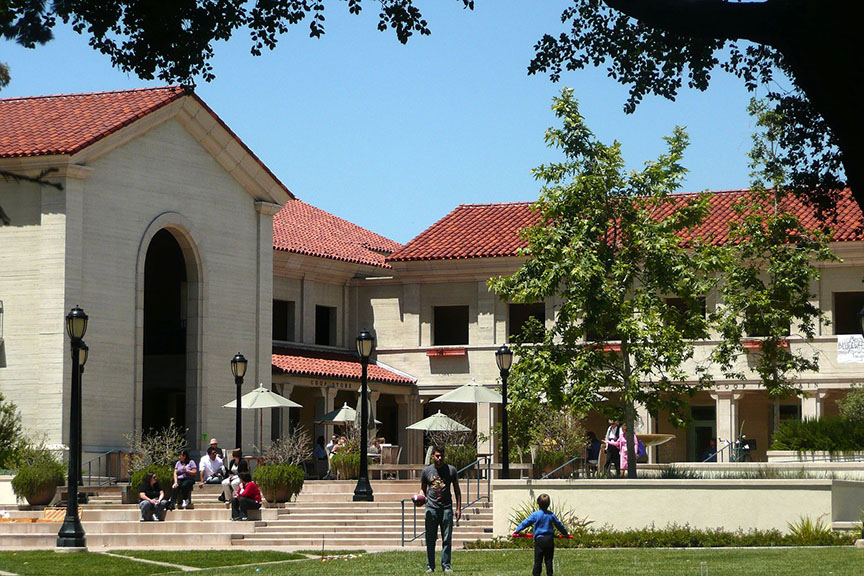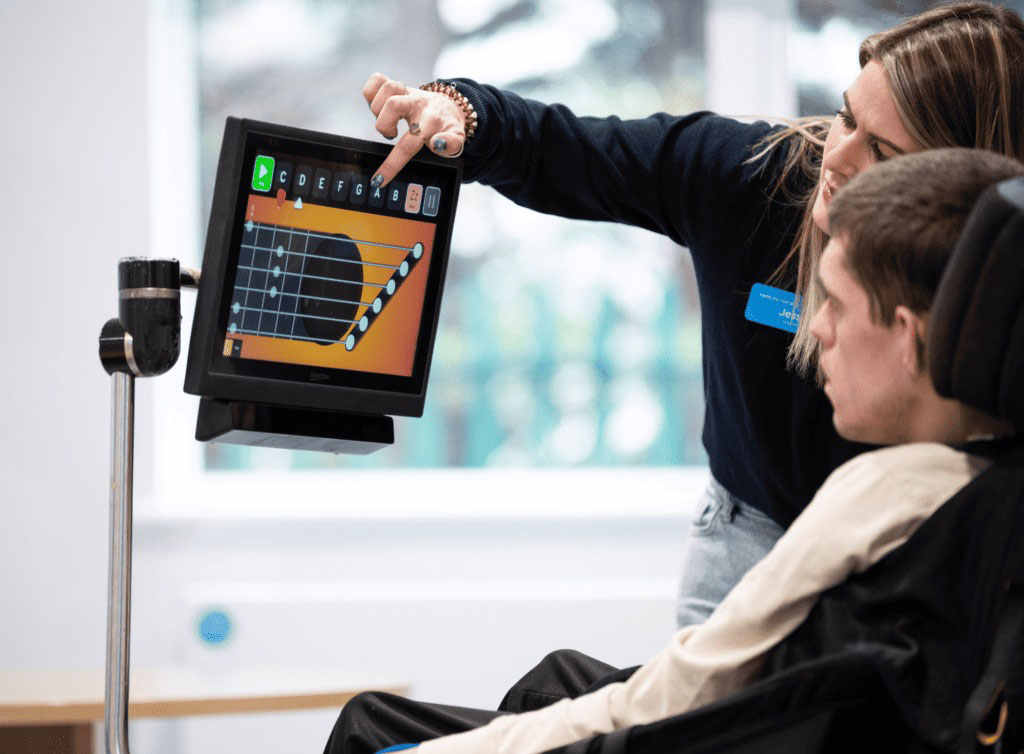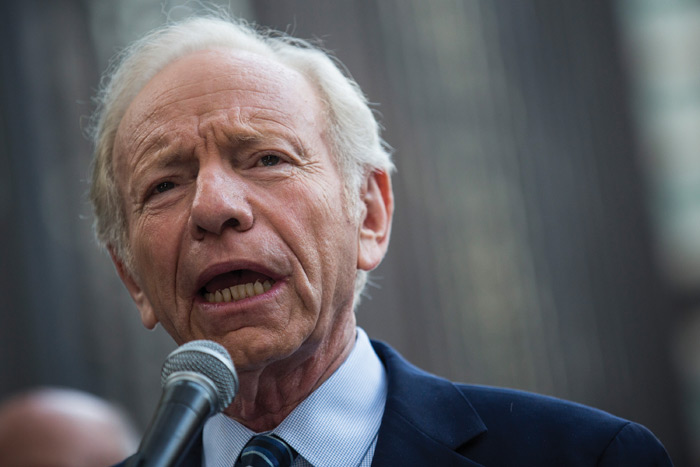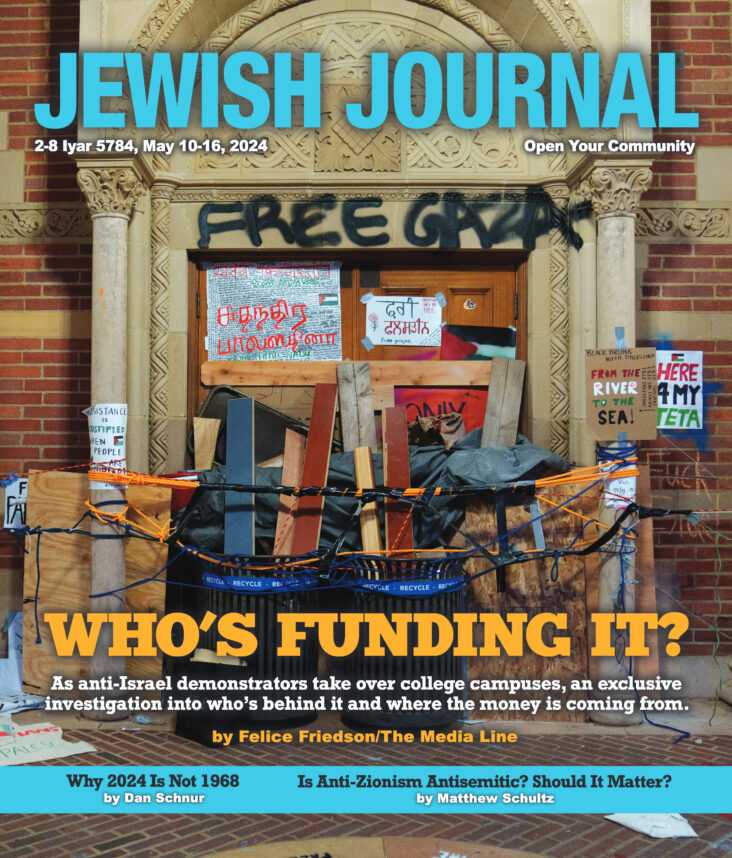Notwithstanding the global financial meltdown and the subsequent difficulty of finding key donors, the Bezalel School of Arts and Design here recently announced plans to move ahead with its proposed $80-million campus in downtown Jerusalem. Construction is set to commence in the summer of 2011 and be completed four years later, according to the school’s president Arnon Zuckerman.
“We believe that the academy needs to be in an urban center and not isolated as it is now on a mountaintop,” he said.
Twenty years ago the art and architecture academy made a historic planning error, abandoning downtown Jerusalem and moving to a new campus on suburban Mount Scopus adjoining the Hebrew University designed by local architect David Reznick. In hindsight, that relocation proved to be very unfortunate for the city – and the school. Targeted by terrorists and bled by new shopping malls and poor planning decisions, the city center
went into a prolonged decline.
Bezalel belatedly realized that an art school needs the creative frisson that comes with being downtown, and commissioned an international architecture competition to design the school’s new campus in the historic Russian Compound next to City Hall. In 2007 STUDYO Architects of Cologne and Istanbul were chosen as the winners of that competition. Their plans call for 40,000 square meters (430,560 square feet) of functional space in a building wrapping around the landmark Russian Orthodox Holy Trinity Cathedral, and wedged between City Hall, the Magistrates Court and the Museum of the Underground.
The Turkish-German firm, headed by Aysin Ipekci and Sam Yurtsevr, beat out 188 entries from 33 countries, one third of which were by Israeli architects. The proposal envisions an interconnected five-storey building and two-storey annex. The design is meant to encourage 24 hour interaction between students and the general public.
The Ipekci-Yurtsevr design “optimizes the qualities of the site and successfully integrates indoor and outdoor spaces,” noted a Bezalel press release.
“The design responded sensitively to the historical context and as such connects to the surrounding area, interpreting effectively the traditional Jerusalem elements of courts, gardens, roofscape and screen facades. The design most successfully places facilities accessible to Bezalel and the public, and most effectively interprets the mission and vision of Bezalel.”
“Today with the advent of new technologies for communication and artistic expression the borders that separated different disciplines of artistic expression and design have little meaning. Bezalel has pioneered and promoted a multi-disciplined approach to all forms of artistic expression. The same pluralistic approach and openness applies to cultural diversity exhibited by the different communities of Jerusalem. Bezalel is interested in breaking down the borders separating these populations. The location of the new campus at the physical crossroads of East and West Jerusalem where Arab residents encounter Jewish residents and ultra-orthodox Jews meet other cultures creates opportunity for multi-cultural interaction.”
The campus may necessitate a future tram stop at Shlomzion ha-Malka Street and Jaffa Road. Current plans for the Light Rapid Transit, the opening of which has been delayed to April 2011, have no stations downtown between Safra Square and King George Street.
The move back to the city center is part of plans to expand Bezalel, increase its student body and add new departments. The school currently has 3,000 students and 500 faculty members, including those already studying downtown in the faculty of architecture which was renovated in 2006. The new campus will allow enrolment to expand to 4,500 students.
* * *
Bezalel takes its name from Bezalel Ben Uri Ben Hur of the tribe of Judah, the biblical artisan who fashioned the Ark of the Covenant after the Israelites left Egypt (Exodus 31:1-6). In 1905 Prof. Boris Schatz (1867-1932), a Lithuanian-born artist and sculptor then teaching at the Royal Academy of Arts in Sofia, Bulgaria, persuaded the leaders of the 7th Zionist Congress taking place in Basle, Switzerland to establish an arts school in Jerusalem.
Beginning with four teachers and 20 students, the Bezalel School of Handicrafts struggled to survive and contribute to the cultural life of the pre-state Yishuv. Most of Schatz’s students hailed from Europe ands employed Orientalism – perceptions of the Middle East through Western lenses. The school closed due to financial difficulties in 1929, and Schatz died penniless in the United States while trying to raise funds to revive it.
Reopening in 1935 as the New Bezalel School for Arts and Crafts, it attracted many of its teachers and students from Germany, some of them refugees from the modernist Bauhaus school in Dessau that was shut down by the Nazis. In 1969 Bezalel was converted into a state-supported institution and assumed its current name.
Schatz’s family continued to live in the apartment at the rear of the Bezalel complex – which was built in a typical Ottoman style by Effendi Abu Shaqer complete with a crenellated wall. The arts dynasty included Boris’ wife and art critic Olga Schatz (1881-1969), son painter and sculptor Bezalel (Kilik) Schatz (1912-1978) and his wife painter Louise Schatz (1916-1997), and daughter sculptress and painter Zahara Schatz (1916-1999).
In 2000, after the last occupant of that apartment passed away, the building was converted to the faculty of architecture. And then the roof caved in three years later.
Boris Schatz could not have imagined the internationally recognized level of creative achievement that would be reached by Bezalel students and alumni. In the past year alone, the work of Bezalel artists and designers was exhibited in London, Istanbul, Milan, New York, Washington D.C., and locations in Germany, France and Holland, to name a few.
Those handful of artisans a century ago weaving carpets and creating copper repousse souvenirs has today grown to a leading art academy of 400 faculty and 1,765 students in 10 departments, who earn both graduate and undergraduate degrees in a wide range of art and design disciplines. In addition to the school’s newly restored historic buildings in downtown Jerusalem and its campus on Mount Scopus, Bezalel maintains a branch in Tel Aviv.






















 More news and opinions than at a Shabbat dinner, right in your inbox.
More news and opinions than at a Shabbat dinner, right in your inbox.